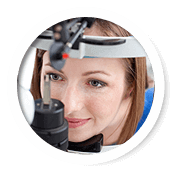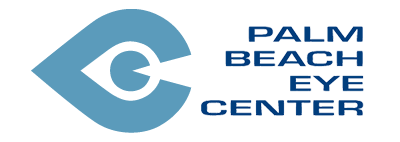Laser cataract surgery is the most advanced form of cataract surgery where the femtosecond laser is used instead of blades to perform some of the surgical steps. Laser cataract surgery is an FDA approved, technologically using as advanced laser designed to administer an extremely gentle cataract surgery that significantly shortens recovery time. This technology provides an unparalleled level of accuracy and precision to some of the more challenging steps of cataract surgery.
Advantages of Laser Cataract Surgery
Traditionally the eye surgeon uses blades to create incisions to access and remove the cataract. The laser uses 3D computer guided mapping with over 10,000 scans to produce a highly detailed and customized image of your eye. This image is the basis for the treatment plan to produce extremely precise laser incisions instead of manual incisions with blades.
Laser Cataract Surgery Procedure Details
The different steps involved with laser cataract surgery include the following:
- Cataract Incisions – precisely located and sized incisions to allow access to the cataract. These are usually created with blades in traditional manual surgery.
- Arcuate Incisions or Limbal Relaxing Incisions – used to treat astigmatism. The laser can produce these within pockets to help offset dry eye conditions. (Shown in blue below.)
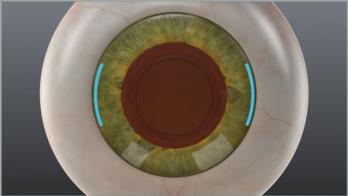
- Capsulotomy – a centrally placed and tightly controlled circular incision allowing access to the cataract.
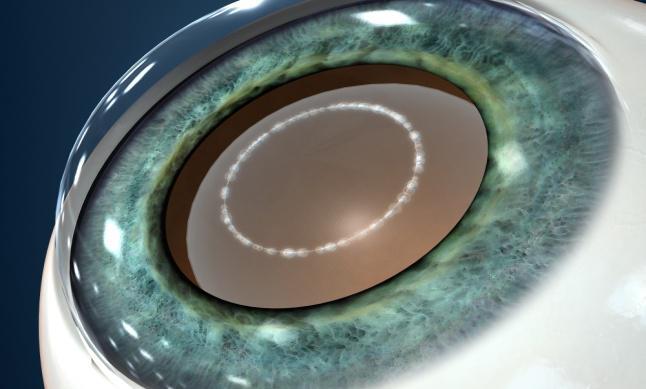
- Lens Segmentation and Softening – treatment of the cataract itself to facilitate its removal, significantly minimizing ultrasonic energy delivered into the eye and speeding postoperative recovery. When using traditional manual surgery, the lens is mechanically segmented with instruments requiring more manipulation within the eye and softening cannot be performed.

Candidates for Laser Cataract Surgery
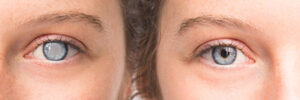 Most cataract patients can qualify for laser cataract surgery. Our ophthalmologist will meet with you to discuss your eye health and the best surgical technique to remove the cataract and restore your vision. The ideal candidate for laser cataract surgery is in good overall health with no other eye conditions that may affect the procedure or healing. People wanting advanced IOLs may achieve better results with laser cataract surgery.
Most cataract patients can qualify for laser cataract surgery. Our ophthalmologist will meet with you to discuss your eye health and the best surgical technique to remove the cataract and restore your vision. The ideal candidate for laser cataract surgery is in good overall health with no other eye conditions that may affect the procedure or healing. People wanting advanced IOLs may achieve better results with laser cataract surgery.
Laser cataract surgery typically carries additional charges because the procedure uses advanced technology and is tailored to your vision needs. Cataract patients often feel the added cost is worth it for better precision and results.
Laser Cataract Surgery Recovery
Dr. Khouri and our team of eye care professionals will monitor you for about 20 minutes after laser cataract surgery and place a protective eye shield over your eye. You will need a friend or family member to drive you home and help you get comfortable. Palm Beach Eye Center provides patients with post-operative instructions, so they know what to expect at home and when to call our office with questions or concerns. Some patients report eye irritation and scratchy sensations after laser cataract surgery; these effects are typically gone within 24 hours. Dr. Khouri may prescribe eye drops or recommend over-the-counter eye drops such as artificial tears to ease discomfort.
You may have hazy or cloudy eyesight for a few days after laser cataract surgery, but your vision will improve during the first week of recovery. The need for pain relief medications is rare as this surgery is typically painless.
Don’t drive the day you have laser cataract surgery. Avoid bending over, getting water in the eye, and rubbing your eyes. These actions can increase your risk of infection and other complications. Most patients can return to work the day after laser cataract surgery but may need one to two weeks off if they work physically demanding jobs.
Correcting Astigmatism with Laser Cataract Surgery
 Astigmatism occurs when the clear dome at the front of the eye (cornea) is misshapen, causing blurry vision at all focal points. With astigmatism, the eyeball has an oblong shape (instead of a sphere), which distorts eyesight. Traditional cataract surgery offered astigmatism correction through limbal relaxing incisions (LRIs) made with a blade-like instrument. The eye surgeon flattened the steep cornea shape by hand to form a more spherical contour to improve vision for patients with astigmatism.
Astigmatism occurs when the clear dome at the front of the eye (cornea) is misshapen, causing blurry vision at all focal points. With astigmatism, the eyeball has an oblong shape (instead of a sphere), which distorts eyesight. Traditional cataract surgery offered astigmatism correction through limbal relaxing incisions (LRIs) made with a blade-like instrument. The eye surgeon flattened the steep cornea shape by hand to form a more spherical contour to improve vision for patients with astigmatism.
Laser-assisted cataract surgery uses a femtosecond laser to form LRIs instead of handheld surgical tools. The laser reduces the risk of corneal perforation because the LRIs are made at exact lengths and depths in the cornea.
Astigmatism may also be corrected with toric versions of intraocular lens implants. Toric IOLs offer vision correction for higher degrees of astigmatism than LRIs.
Key Differences Between Traditional and Laser Cataract Surgery
Laser-assisted cataract surgery is considered a more accurate procedure than traditional cataract surgery. However, it is more expensive. The conventional method uses phacoemulsification and starts with the eye surgeon creating incisions in the cornea by using blade-like instruments. After inserting surgical instruments, the surgeon makes a circular incision in the lens capsule, which is an envelope-like structure containing the cataract, and uses an ultrasonic probe to break apart and emulsify the cataract, turning the dense material into smaller particles that are sucked out of the eye through the incisions. The eye surgeon then positions an IOL in the capsule.
The same incisions are used for laser cataract surgery, but they are formed using a computer-guided laser linked to an optical imaging system (called optical coherence tomography or OCT) with video microscopy of the eye structures involved in cataract surgery. The computer system maps these structures for precise incisions in the cornea, lens capsule, and lens. The ultrasonic probe emulsifies the cataract and suctions out the pieces using less energy than with the traditional technique. An IOL implant is loaded into another probe, inserted into the empty lens capsule, unrolled, and positioned. Laser-assisted cataract surgery provides better IOL positioning for optimal vision correction. The use of less ultrasonic energy reduces the risk of post-operative inflammation, cystoid macular edema, and endothelial cell loss.
To learn how we can maximize your visual outcome and get you on the road to minimize or eliminate your dependence on glasses, contact us and schedule an appointment with Dr George Khouri to discuss implementation of a treatment plan tailored to your needs with the Laser cataract system in conjunction with Lifestyle Lens Implants.







